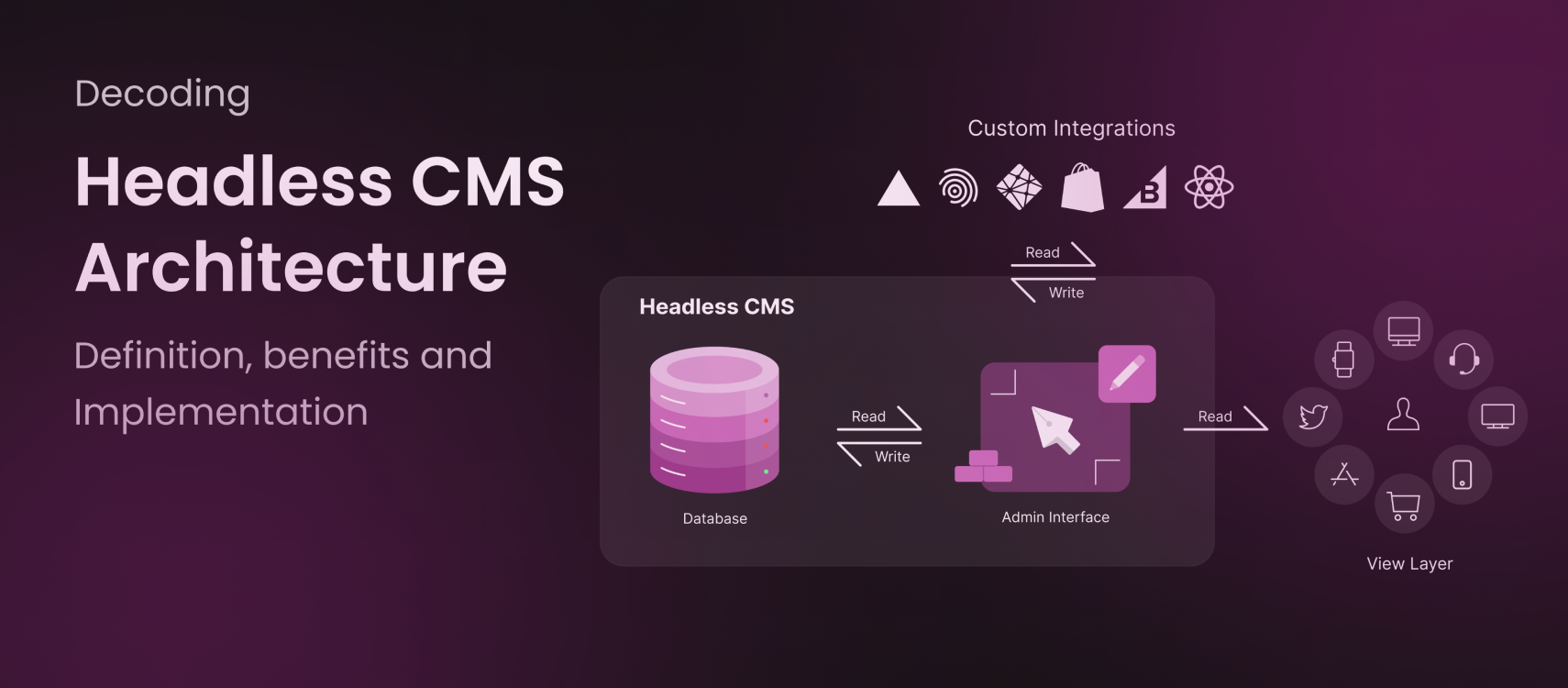Table of Contents
- What is AWS, & Why is It Used
- History of AWS
- How Does AWS Work
- AWS Fundamentals
- Core Services of AWS
- Advantages of AWS
- Disadvantages of AWS
- Applications of AWS
- AWS Global Infrastructure
- AWS Management Console
- AWS Cloud Computing Models
- AWS in Action
- Getting Started With AWS
- AWS Pricing Models, Competition, and Customers
- Is AWS the Right Preference for You
- Conclusion
Amazon Web Services (AWS) has converted computing resources to corporations and individuals through a broad set of cloud services that satisfy an intense desire. From its founding in 2006, AWS has improved explosively to the world’s most long way-accomplishing and widely used cloud platform, serving thousands and thousands of lively clients, from startups to corporations to government organizations.
What is AWS, and Why is It Used?
Amazon Web Services (AWS) is the global cloud computing platform that gives an extensive range of cloud-based total services, together with electricity, storage, databases, system gaining knowledge, and security. AWS permits companies and developers to expand, install, and increase packages cost-efficaciously without the need to spend money on physical hardware. It is significantly used for website hosting, statistics assessment, AI, IoT, and masses of extra.
History of AWS
AWS was launched in 2006 by Amazon to offer IT infrastructure offerings to agencies. It commenced with simple services like Amazon S3 (Simple Storage Service) and Amazon EC2 (Elastic Compute Cloud). Over the years, AWS has extended into big cloud computing surroundings with over 200 services, serving hundreds of thousands of clients worldwide, including startups, enterprises, and government corporations.
How Does AWS Work?
AWS operates through an international community of record facilities. It allows customers to access computing assets on call for via a pay-as-you-go version. Businesses can pick out and configure the necessary cloud offerings, together with computing, garage, and security, primarily based on their requirements. AWS presents scalability, flexibility, and reliability, ensuring that packages run efficiently without downtime.
AWS Fundamentals
Amazon Web Services is built on three core components:
Compute – Services like EC2 (digital servers) and Lambda (serverless computing).
Storage – Amazon S3 (item storage), EBS (block storage), and Glacier (cold garage).
Networking – Amazon VPC (Virtual Private Cloud) and Route Fifty-Three (DNS service).
These fundamental offerings shape the backbone of AWS, allowing organizations to set up and manage cloud-based applications seamlessly.
Core Services of AWS
AWS has more than 200 fully featured offerings from data centers across the world. Some of them are:
- Compute Services: Amazon Elastic Compute Cloud (EC2) provides flexible and scalable computing power, permitting customers to install virtual servers and correctly manage workloads.
- Storage Services: The Amazon Simple Storage Service (S3) serves as highly durable and available storage for customers’ data. It caters to backup, archival, and needs.
- Database Services: AWS provides managed databases such as Amazon RDS for relational and Amazon DynamoDB for NoSQL.
- Networking: Services consisting of Amazon VPC permit users to create isolated networks within the AWS cloud, improving security and manipulation.
- Machine Learning and AI: AAPLS offers gear like Amazon Sejmaker so that system mastering models on the scale are made, teaching and deploying.
These services empower businesses to create secure, scalable, and efficient cloud solutions.
Advantages of Amazon Web Services
AWS Offers Several Key Benefits:
- Scalability – Easily scale assets up or down based totally on call for.
- Cost-Effectiveness – The pay-as-you-pass pricing version reduces advance fees.
- Security – Advanced protection capabilities with encryption, compliance, and tracking.
- Reliability – AWS provides ninety-nine.99% uptime with more than one backup option.
- Global Reach – AWS operates in 30 regions and 100 availability zones worldwide.
- Flexibility – It helps a couple of programming languages, frameworks, and operating systems.
Disadvantages of Amazon Web Services
While AWS is Powerful, It Has Some Limitations:
- Complex Pricing – The pricing model can be confusing for beginners.
- Data Transfer Costs – Transferring big amounts of data among AWS regions may be high-priced.
- Limited Customer Support – Basic guide is unfastened, but premium aid comes at a excessive fee.
- Service Limits – Some services have default limits, requiring users to request higher usage quotas.
Applications of AWS
AWS is used across various industries for different applications, including:
- Web Hosting – Hosting scalable websites and applications.
- Big Data Analytics – Analyzing vast datasets and the usage of offerings like Redshift and Athena.
- Artificial intelligence (AI) and machine learning (ML) – Development and host ML model with AWS sawmaker.
- Gaming – Hosting a large-scale online multiplayer game with AWS Gamelift.
- Healthcare – Storing and processing sensitive medical data securely.
- Finance & Banking – Handling secure transactions and fraud detection.
Read More: Frames in Artificial Intelligence
AWS Global Infrastructure
Amazon Web Services has a vast global infrastructure that includes:
- Region: AWS has 30+ geographical areas around the world.
- Accessibility Area (AZS): There are several AZs in each region for profits.
- Edge Location: More than 400+ Edge locations around the world for the delivery of content.
This infrastructure provides low delays, high accessibility, and protection for companies.
AWS Management Console
AWS management console is a web-based interface that allows users to reach and manage AWS services. It provides:
- Dashboard for managing cloud resources
- Billing and cost management equipment
- Security configuration and surveillance services
- One-click perfect for applications
It simplifies AWS service management for beginners and advanced users alike.
AWS Cloud Computing Models
Amazon Web Services offers three primary cloud computing models:
- The infrastructure provides either a virtual data source (eg, EC2) in the form of a service.
- Paas as a service prepared the improvement platforms (eg, AWS Elastic Beanstock).
- Software (SaaS) as a service delivers fully administered applications (eg, Amazon Workmail).
AWS in Action
AWS’s versatility is evident in its diverse applications across various industries:
- Financial services: Institutions such as JP Morgan and Brijwatter use AWS skills to increase investment strategies and operating efficiency.
- Healthcare: AWS enables health professionals to secure and analyze patient data in large quantities, facilitating research and individual medicine.
- Entertainment: Streaming services benefit from AWS content distribution and media services to provide effortless views to millions of users.
Getting Started With AWS
For those interested in exploring AWS, the platform gives resources to get commenced:
AWS Free Tier: Allows new customers to explore and test AWS services for free for one year.
AWS Documentation: Comprehensive courses and tutorials are to be had to assist users recognize and put in force AWS offerings effectively.
Training and Certification: AWS offers training programs and certifications to validate knowledge and enhance career possibilities.
Embracing AWS can appreciably rework how organizations perform, innovate, and deliver prices to their customers. As cloud computing continues to evolve, AWS stays at the forefront, offering tools and services that force digital transformation across the globe.
AWS Pricing Models, Competition, and Customers
AWS Pricing Models
Amazon Web Services provides several price models to provide flexibility and cost optimization for companies. This includes:
- Pay-as-you-go regular pricing models where users only pay for resources they use, without prior costs or long-term obligations. Ideal for startups and businesses with ups and downs.
- Reserved examples of a significant discount (up to 75%) compared to prices on request for users who are obliged to use a specific examination type for one or three years. Best for forecasted cost.
- Spot Instances allow applications to offer unused AWS capacity at low prices, sometimes 90% cheaper than institutes on request. It is suitable for applications that can withstand obstacles, such as Big Data Analytics and Batch Treatment.
- Savings schemes – A flexible price model offers discounts for calculating use in exchange for commitment to a specific amount of use in one or three years. This applies in EC2, Lambda, and colored services.
- Dedicated host – offers a physical server dedicated to a single customer, helps with compliance requirements and requirements for software link.
- Free level -provides new customers limited access to AWS services for 12 months, including 750 hours EC2, 5 GB S3 storage, and more.
AWS Competition
Amazon Web Services is facing strong competition from other cloud service providers, each with its strengths:
- Microsoft Azure – the second largest cloud supplier, which is popular with companies due to integration with Microsoft products such as Windows Server, Active Directory, and Office 365.
- Google Cloud Platform (GCP) – GCP is known for its machine learning, Big Data Analytics, and Kuberan’s expertise and is a strong competitor in operated services.
- IBM Cloud – AI (IBM Watson) offers Hybrid Cloud Solutions with a strong focus on corporate calculation.
- The largest cloud supplier at Alibaba Claude China, mainly with a strong appearance in e-commerce and AI-operated applications for companies in Asia.
- Oracle Cloud -Cloud Database focuses on the Enterprise app competing with AWS in the market, especially on databases and ERP solutions.
- Digitalocean– a favorite option for startups and developers looking for simple, cost-effective cloud solutions.
AWS Customers
AWS serves a numerous variety of customers, including startups, organizations, government companies, and character builders. Some of the foremost AWS customers consist of:
- Netflix depends on AWS for video streaming, storage, and delivery to millions of users worldwide.
- Airbnb – scalable user AWS for infrastructure, which allows spontaneous housing -ordering experiences.
- Amazon.com – Though AWS is a separate department, Amazon.com itself leverages AWS for e-trade operations.
- NASA utilizes AWS for space exploration data processing, simulations, and machine learning.
- Spotify runs its music streaming services on AWS to handle millions of simultaneous users.
- Samsung-IoT, AI, and Cloud use AWS for analysis.
- Coca-Cola transferred AWS’s IT infrastructure to improve efficiency and scalability.
- Unilever uses AWS for business applications, management chains, and data analysis.
Is AWS the Right Preference for You?
AWS is a fantastic choice for groups and developers looking for a scalable, safe, and high-performance cloud platform. Whether you are a begin-up, a big employer, or a male or female developer, AWS provides a large selection of offerings to satisfy special wishes.
For the ones corporations that require advanced computing energy, AI-operated services, Big Data Analytics, and Global Rich, AWS gives potential. In addition, AWS provides spontaneous cloud integration with other cloud suppliers, with hybrid and multi-cloud strategies more common, leading to the flexibility to adapt the cloud strategy for companies.
Conclusion
Amazon Web Services (AWS) has converted Cloud Computing into a powerful, scalable, and cheap infrastructure that can benefit companies and developers. One of the world’s most important cloud platforms offers services such as AWS data power, storage solutions, networks, security, artificial intelligence, and many more.
AWS is now the choice of company size, and the reason is largely its flexibility and scalability. Firms can begin on minimum capital and expand only based on rising demand, only purchasing what they utilize. AWS being a pay-as-you-go costing option, this makes AWS a cost-viable solution for the most part for start-ups as well as for companies which want to personalize the IT expense.
AWS is also superior in terms of performance and security. With its worldwide infrastructure, distributed in many areas and availability areas, AWS offers high availability and zero shutdowns. Security facilities, including encryption, compliance, identity access management (IAM), and firewalls, make it a safe option for areas such as finance, healthcare, and government agencies.
But AWS has its drawbacks, including intricate pricing systems, data transfer fees, and the studying mode that incorporates managing sheltering resources efficiently. Despite these shortcomings, AWS remains a market leader due to its ongoing innovation, which introduces new services and features that meet enterprise requirements. AWS has solidified its region as a pioneer in cloud computing and could continue to play a crucial role in the virtual transformation of world companies. Whether you are developing a small internet software, hosting a large-scale enterprise machine, or implementing system learning models, AWS has the right set of services that will help you obtain your dreams.
If you haven’t explored AWS yet, now’s the right time to dive into the AWS atmosphere, take the benefit of the Free Tier, and revel in the future of cloud computing firsthand!










